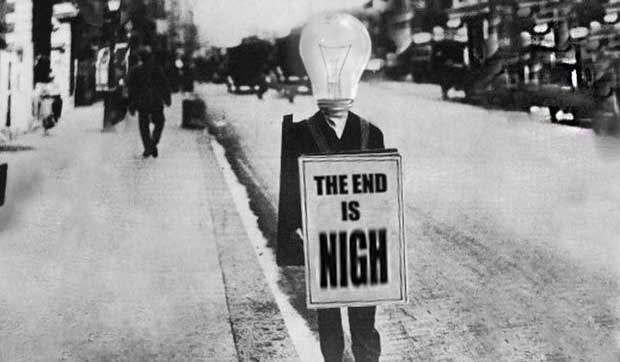Despite all of the publicity regarding certain wattages of incandescent light bulbs being discontinued, consumers are still unsure of how to choose replacement bulbs that can offer the same (or better) amount of light. One thing that many homeowners and interior designers agree on is that they do not like the look of the spiral CFL that has been on the market for more than 10 years. There are other energy-efficient options out there; lighting stores only have to spread the word and educate the public. Fortunately, the series of recently mandated phase-outs for certain types of incandescent bulbs has hastened consumers’ adoption of LEDs. Cathy Choi, president of Bulbrite, explains how lighting showrooms can answer homeowners’ questions about this relatively new light source as it applies their home’s interior and exterior applications.

EnLIGHTenment Magazine: What did the latest phase-out this year entail?
Cathy Choi: The final phase-out of general service incandescent lamps by the Energy Independence & Security Act (EISA) took effect on January 1 and affected one of the most iconic light bulbs of our time, the traditional 60-watt incandescent A19. What many consumers do not realize is that it also affected 40-watt general service bulbs and more shapes than just the standard A-type. Decorative 60-watt chandelier and globe bulbs with a medium base were also part of the phase-out. With the final phase-out complete, many consumers find themselves seriously considering energy-efficient alternatives. This marks a great opportunity for lighting manufacturers and distributors — if we can provide consumers with the education and guidance they need to make the switch.
EM: How will it affect retailers nationwide?
CC: Many lighting showrooms already made the commitment to supply their customers with energy-efficient alternatives. Today there is an opportunity for all lighting distributors to offer more options, for example, the ability to choose from a variety of color temperatures as well as optimize characteristics such as beam control, which can be executed much better with a directional light source such as LED. With so many new options, however, the importance of education is at an all-time high. We train our staff on all of the new alternatives through monthly “Lunch and Learns,” American Lighting Association (ALA) certificate programs, and our online educational resource HYPERLINK “http://www.Lightopedia.com” www.Lightopedia.com. We encourage showrooms to focus on staff education so that their employees can help consumers make the right lighting decision. Roughly 99 percent of the time, consumers don’t want to make a change because they are afraid of losing the light quality they love and are simply unaware of the benefits. The opportunity to increase energy-efficient sales is definitely out there. At almost three years after the initial phase-out, stock piles of 100-, 75-, 60-, and 40-watt bulbs are quickly running out. The right combination of products – which includes LEDs – as well as education will bolster showroom business.
EM: How has EISA 2007 affected light bulb suppliers?
CC: As a manufacturer of various light bulb technologies, it has been interesting to see the transition from incandescent to more energy-efficient alternatives. Early on, we realized that the “right” alternative was not going to be the same for every application, but that everyone could benefit from saving energy and lowering their energy costs. By offering three levels of alternatives – halogen, CFL, and LED – we have been able to address a wide variety of consumer preferences. Initially, our EcoHalogen series of replacement bulbs were the most popular since it was the most like the traditional incandescent in regard to light quality with minimal increase in price. As we have been able to lower cost by increasing our manufacturing efficiencies, however, LEDs are becoming more popular. EISA 2007 definitely advanced the development of our LED lighting alternatives.
EM: How has the product landscape changed in the last two years?
CC: The EISA legislation revolutionized the lighting industry. It created a spur of innovation and development as well as an increased interest in lighting. There are definitely more energy-efficient lighting alternatives available today than ever before. EcoHalogens have been the conservative option for energy efficiency by utilizing the same incandescent technology in a better way. However, LED technology has definitely demonstrated itself to be an even better alternative. We can now make LED sources look more like traditional shapes and sizes while maintaining the light levels and qualities people want. Over the past few years there has also been a steep decline on cost, making LEDs so much more affordable. We’ve focused on creating LED alternatives that could be viewed as the “normal” day to day bulb by making it look like an incandescent in shape, brightness, and by making them dimmable. We want everyone to consider LEDs as the new “norm” for lighting.
EM: What lies ahead?
CC: We are committed to providing the best lighting solutions, and right now that means developing more LED options that provide a beautiful light. All of the phase-outs have compelled us to think beyond the traditional light bulb retrofit and see what more we can offer.





